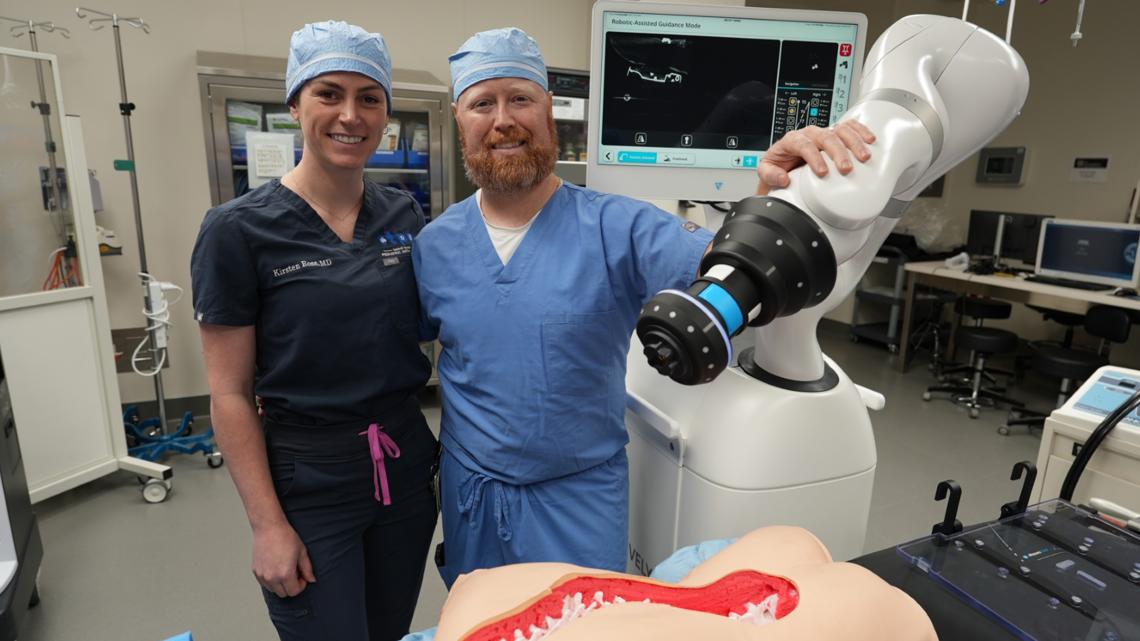AI vs. Child Exploitation: Can Technology Finally Outsmart Online Predators?

The proliferation of child sexual abuse material (CSAM) online has become a devastating crisis, fueled by the very technologies meant to connect us. While the internet has undeniably facilitated the spread of this horrific content, a new wave of artificial intelligence (AI) tools is emerging, offering a glimmer of hope in the fight against online predators. But can these powerful technologies truly outsmart those who exploit children, and what are the potential risks of relying on them?
The Scale of the Problem: A Digital Epidemic
The sheer volume of CSAM online is staggering. Traditional investigative methods – relying on human review of images and videos – are simply overwhelmed by the scale of the problem. Law enforcement agencies struggle to keep pace, leaving countless victims vulnerable and abusers operating with relative impunity. The anonymous nature of the internet, coupled with sophisticated encryption and distribution networks, further complicates the challenge.
AI to the Rescue: A New Tool for Detection
Enter AI. Sophisticated algorithms are now being developed to automatically scan online platforms, dark web marketplaces, and social media networks for CSAM. These AI tools don’t just search for exact matches of known images; they can identify variations, alterations, and even predict the emergence of new forms of exploitation. Some systems utilize facial recognition, image analysis, and natural language processing to flag suspicious content and identify potential perpetrators.
How AI Works in Practice: A Layered Approach
The process typically involves several layers. First, AI algorithms sift through massive datasets, identifying images and videos that exhibit characteristics commonly associated with CSAM. These are then flagged for review by human experts, who provide a crucial layer of verification and context. The AI learns from these human assessments, continuously improving its accuracy and reducing false positives. Furthermore, AI can be used to analyze communication patterns and identify networks of individuals involved in the production and distribution of CSAM.
The Double-Edged Sword: Risks and Concerns
While AI offers immense potential, it’s not a silver bullet. There are significant risks and ethical considerations to address. One major concern is the potential for bias in AI algorithms. If the training data is skewed, the AI may disproportionately flag content involving certain demographics, leading to wrongful accusations and discrimination. Another concern is the potential for misuse of these technologies by governments or malicious actors, leading to privacy violations and surveillance.
The Need for Safeguards and Oversight
To mitigate these risks, robust safeguards and oversight mechanisms are essential. Transparency in algorithm development, independent audits to assess bias, and strict data privacy protocols are crucial. Furthermore, collaboration between law enforcement, technology companies, and civil society organizations is needed to ensure that AI is used responsibly and ethically.
Looking Ahead: A Collaborative Effort
The fight against online child exploitation is an ongoing battle. AI represents a powerful new weapon in this fight, but it must be wielded with caution and responsibility. By combining technological innovation with human expertise, ethical guidelines, and robust oversight, we can harness the power of AI to protect vulnerable children and bring online predators to justice. The future demands a collaborative, multi-faceted approach to safeguard children in the digital age.





